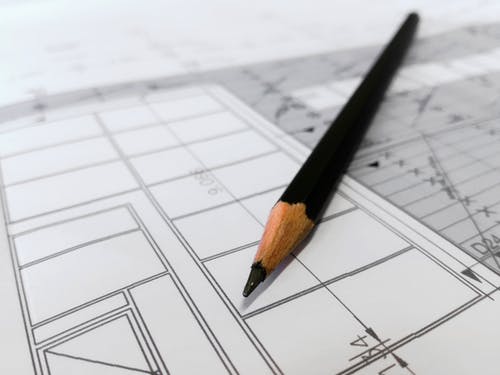One of the best ways for architects to live an addiction-free life is to step up their lifestyle. In this post, architects will learn some healthy ways to improve their lifestyles.

Eat a nutritious diet
Take a combination of all the classes of foods ranging from carbs to proteins, fats, vitamins, minerals, etc. Fruits and vegetables should always be an essential addition to every diet.
If you are used to taking snacks, it is advisable to cut down on these high-fat and sugary foods and replace them with veggies.
Additionally, taking enough water should be an essential part of your diet. Many nutritionists recommend that adults take between 2-4L of water each day.
Be physically active
Due to the nature of their profession, architects are always sedentary. The only time they take breaks is when they want to sleep, eat or just do something casually.
For architects to get active, they can do some home workouts or visit the gym. A good rule of thumb is to spend 3-4 days per week, undergoing physical exercise for 30 minutes- 1hour on those days.
Check your blood pressure
Many professionals don’t pay attention to their blood pressure, they are unaware that hypertension which is also known as high blood pressure, is a silent killer.
Architects face a lot of stress and checkups should not be something to ignore. They need to have their blood pressure checked regularly because this would help them know if they are on the right track health-wise.
Sleep regularly
Another way to prevent addiction is by getting enough sleep.
Even though a busy schedule seems inevitable, it is important to create enough time for rest. This would put your body in great shape and improve your performance and productivity over time.
It is vital to mention that the health tips mentioned in this piece come with benefits for physical and mental health. Any architect who applies these tips to their lives might never have to contend with addiction all through their career journey.








